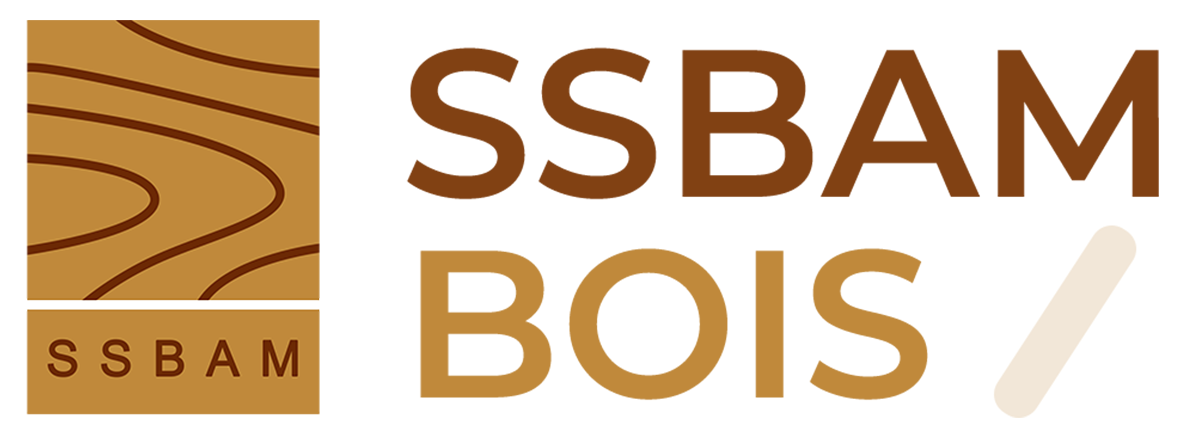In our increasingly connected digital world, data communication is the lifeblood that connects us. Understanding how different modes for data transmission work is essential for designing reliable www.bigdataroom.net and efficient networks. Different methods determine how data is transferred.
To transfer data efficiently hardware in a communication circuit employs a variety of methods like multiplexing and demultiplexing, which are processes that combine and separate signals into single composite ones for transmission and then back into the individual components. This increases bandwidth and lowers costs. Signal amplifiers and error-detecting codes reduce data corruption due to electrical or electromagnetic disturbances.
Data communications also have the following set (protocol) of rules which are followed by the computers used by the sender and the receiver. These rules ensure that the message is read and accepted without error.
The sender is the device or computer that generates and transmits the message. It could be in the form of numbers, text pictures, sounds, or video. The receiver is the device or computer that receives the message that could be the exact same as the sender or different. The transmission medium is a physical connection that connects the sender and the receiver. It can be wired, like wires that are twisted or fiber optic cable, or wireless, like lasers or radio waves.

 Cart is empty
Cart is empty